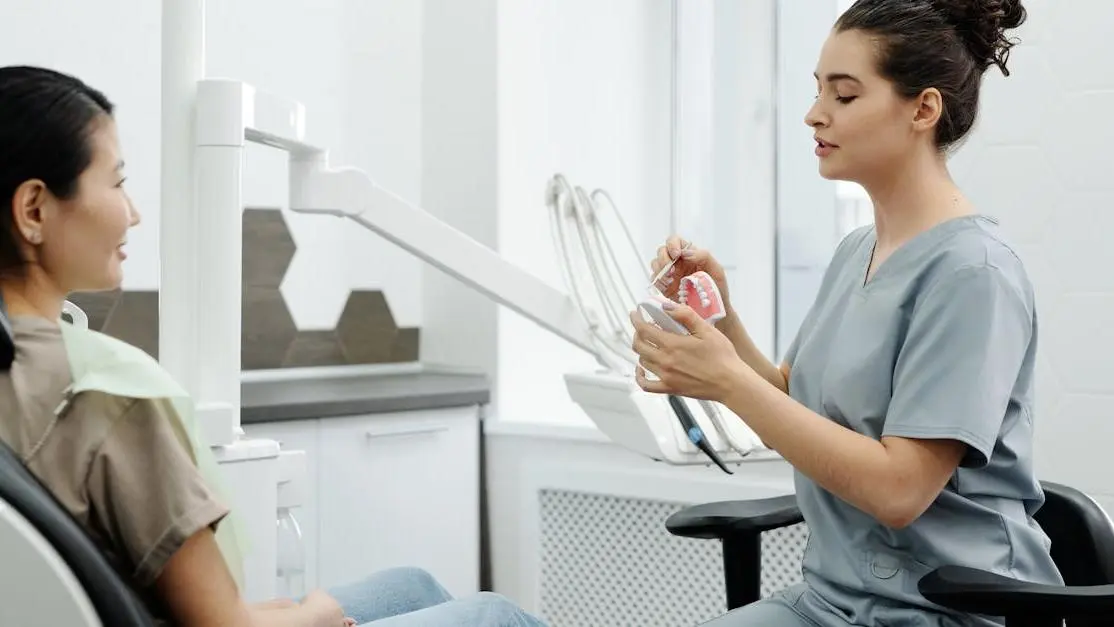Braces pain relief after tightening can be a challenge for anyone undergoing orthodontic treatment. Understanding the discomfort that often follows an adjustment is crucial for families and individuals in the Cookstown area seeking a more comfortable experience.
We've put together a guide to make this journey less daunting:
- Discover effective strategies for braces pain relief after tightening.
- Uncover the connection between tender teeth and the body's natural response.
- Learn about dietary adjustments and soothing home remedies tailored for you.
Understanding Why Braces Tightening Causes Discomfort
Tightening braces is a crucial part of orthodontic care—but why does it come with discomfort? By understanding what's happening, you can better manage the experience. When your braces are tightened, they apply pressure to your teeth to correct alignment. This force shifts your teeth gradually over time.
- Pressure and Movement: The pressure from the braces causes your teeth to move, changing their position in your mouth. This is necessary for your orthodontic progress.
- Tissue Response: Your gums and periodontal tissues get involved. The pressure from braces affects these tissues, leading to inflammation and discomfort as your body adapts.
- Duration of Discomfort: Expect discomfort to peak 24-48 hours after tightening. After that, it should decrease as your mouth adjusts.
Recognizing these factors can help you manage expectations. Temporary discomfort signals progress in your treatment, and there are effective strategies to reduce it. Keep reading for ways to minimize and manage pain effectively.
Best Immediate Strategies for Relieving Braces Pain
You've just had your braces tightened, and discomfort is setting in. Time to act! Swift strategies can ease the pain, ensuring you stay comfortable and continue with your day.
- Orthodontic Wax: Shield your gums from sharp brackets by applying orthodontic wax. This quick fix minimizes irritation and forms a protective barrier.
- Over-the-Counter Pain Relief: Painkillers like ibuprofen can help. They alleviate inflammation and bring faster relief to sore teeth and gums.
- Ice Pack or Cold Rinse: Applying an ice pack or rinsing with cold water can numb the affected area and reduce swelling. This method can be refreshingly effective.
Managing your braces pain is possible with the right tools and actions. Adopting immediate pain relief strategies helps maintain comfort and supports your treatment journey.
These solutions are simple yet effective. Use them whenever the pain from tightening becomes overwhelming. Remember, these moments of discomfort are temporary. We want your path to a straighter smile to be as seamless as possible.
How to Use Orthodontic Wax for Pain Management
Orthodontic wax is a lifesaver for those tight moments when braces poke and irritate. Let's explore how to maximize its benefits. Convenient and easy to use, it provides relief from the friction caused by braces.
First, clean the area of your mouth where you'll apply the wax. Food particles and moisture can prevent it from sticking properly. Next, roll a small amount of wax into a ball and place it over the problem area—usually a bracket or wire that's causing discomfort.
Consistency matters. Replace the wax regularly, especially after eating. This maintains a barrier, keeping your mouth comfortable throughout the day. It’s a quick, cost-effective method to alleviate pain whenever needed.
Maximize the impact of orthodontic wax by using it often. Keeping a pack handy simplifies addressing pain swiftly when you're on the go.
Dietary Adjustments to Minimize Braces Pain
Your diet plays a significant role in managing braces pain. What you eat can either exacerbate pain or ease it. Soft foods provide comfort when your teeth feel tender after tightening.
- Soft and Nutritious Choices: Foods like yogurt, mashed potatoes, and smoothies are gentle on your sore teeth. They require minimal chewing, reducing additional pressure on your teeth.
- Avoid Hard and Sticky Foods: Skip hard candies and tough meats. Sticky foods can cling to braces, making you more susceptible to pain and irritation.
- Incorporate Soothing Foods: For example, soups and broths not only provide nourishment but also offer a warming, soothing sensation for your mouth.
It's not just about being mindful but being proactive with your choices. A braces-friendly diet supports healing and minimizes discomfort, enabling smoother progress throughout your orthodontic treatment. Being aware of diet choices plays a critical role in maintaining comfort at home.
Top Home Remedies for Braces Pain Relief
Home remedies can offer a comforting, natural approach to braces pain relief. These techniques are often conveniently found in your kitchen, providing instant relief without the need for medication.
- Saltwater Rinse: This simple solution is a classic. Warm saltwater helps reduce inflammation and fights bacteria, soothing your mouth by cleaning areas strained by new alignment pressure.
- Herbal Teas: Chamomile or peppermint teas hold natural anti-inflammatory properties that can ease tenderness. They're perfect for sipping or using as a gentle rinse.
- Clove Oil: Apply clove oil cautiously on tender spots. It acts as a natural anesthetic, numbing the pain temporarily for some much-needed comfort.
Home remedies contribute effectively to a holistic approach in managing braces-related discomfort. Easily accessible, they keep you proactive in ensuring your comfort.
These remedies integrate seamlessly into daily life, offering a gentle yet effective strategy for managing pain. At Cookstown Dental, we support using such practical, immediate solutions to enhance your orthodontic experience.
The Role of Consistent Oral Hygiene in Pain Prevention
Attention to oral hygiene isn’t just about keeping your teeth clean; it's pivotal in managing and preventing braces pain. Practicing good oral care habits can reduce the irritation you experience after tightening.
- Brushing Techniques: Use a soft-bristled toothbrush with a fluoride toothpaste to carefully clean around and between braces. This lessens plaque buildup that could irritate gums.
- Flossing Made Easy: Consider using a water flosser or interdental brushes. These tools are specifically designed to navigate the nooks and crannies of braces, ensuring comprehensive cleaning.
- Antimicrobial Mouthwash: An antimicrobial rinse helps cut down on bacteria, maintaining a healthier oral environment and minimizing discomfort.
By incorporating these practices into your routine, you protect your teeth and gums, effectively minimizing post-tightening discomfort. We stress this proactive approach at Cookstown Dental to ensure our patients enjoy a smoother orthodontic journey.
When to Consult Your Orthodontist for Persistent Pain
Awareness is key. Knowing when discomfort becomes more than a minor inconvenience helps protect your orthodontic progress. Here’s when you should consider reaching out to us or consulting your orthodontist:
- Prolonged Pain: If discomfort persists beyond a week or drastically impacts your daily routine, it’s a sign to seek advice.
- Unusual Symptoms: Swelling, sores, or bleeding that seems excessive needs professional attention.
- Broken Brackets or Wires: A loose or broken appliance can exacerbate pain and delay progress, requiring immediate repair.
Persistent issues demand professional insight. Addressing problems early safeguards your journey towards a straighter smile.
Understanding that these moments may indicate a need for intervention reinforces the importance of staying proactive. Your orthodontic team's guidance ensures your treatment proceeds smoothly, minimizing pain and stress.
Conclusion
Braces pain after tightening, while common, doesn't have to overshadow your daily life. With attentive care and practical strategies, you can navigate these tight moments with ease. Implement these tips consistently, and your path to achieving that perfect smile will be more comfortable and enjoyable. Remember, each step you take towards managing discomfort is also a step closer to your goal.
Your orthodontic journey is a partnership. With the right approach, you minimize pain while maximizing progress. Let's make sure your experience is as comfortable and rewarding as possible—because you deserve nothing less.

